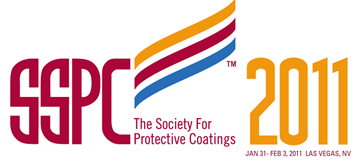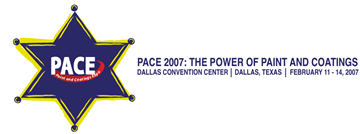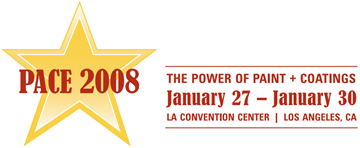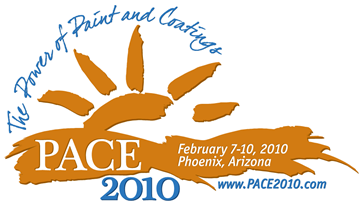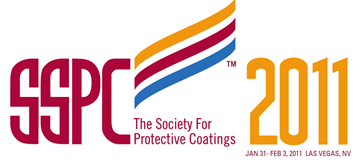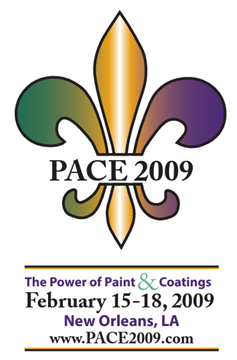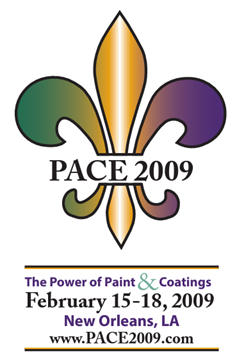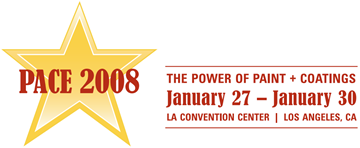Search
Products tagged with 'coating performance'
View as
Sort by
Display
per page
FHWA 100-Year Coating Study and Come Preliminary Test Results
Product Number:
41211-623-SG
Publication Date:
2011
$20.00
Fluoro-Urethanes Coatings with Extreme Exterior Durability
Product Number:
41207-314-SG
Publication Date:
2007
$20.00
Formulating Low VOC Architectural Latex Bridge Coatings to Meet SCAQMD Requirements
Product Number:
41208-432-SG
Publication Date:
2008
$20.00
Formulating Very Low VOC Fluoropolymer Latex Systems
Product Number:
41210-576-SG
Publication Date:
2010
$20.00
Glass Flake Reinforced Epoxy vs. Fiber Filled Epoxy — A Comparison of Design, Performance & Benefits
Product Number:
51220-304-SG
Publication Date:
2020
$20.00
Green Alternatives to Using Zinc Potable Water Systems
Product Number:
41211-606-SG
Publication Date:
2011
$20.00
High Performance Zero VOC Water Borne Acrylic Topcoat
Product Number:
41209-521-SG
Publication Date:
2009
$20.00
Improving the Performance of Epoxy-Polysiloxane Coatings
Product Number:
41215-907-SG
Publication Date:
2015
$20.00
Inspection of the polyurea on the San Mateo Bridge
Product Number:
41208-408-SG
Publication Date:
2008
$20.00
Into the Future: Advanced Thick-Film Spray Applied Liquid Waterproofing Membrane Systems for Bridge Deck Applications
Product Number:
41215-922-SG
Publication Date:
2015
$20.00
Introduction Into Generic Coatings In The Industrial World
Product Number:
51218-102-SG
Publication Date:
2018
$20.00

